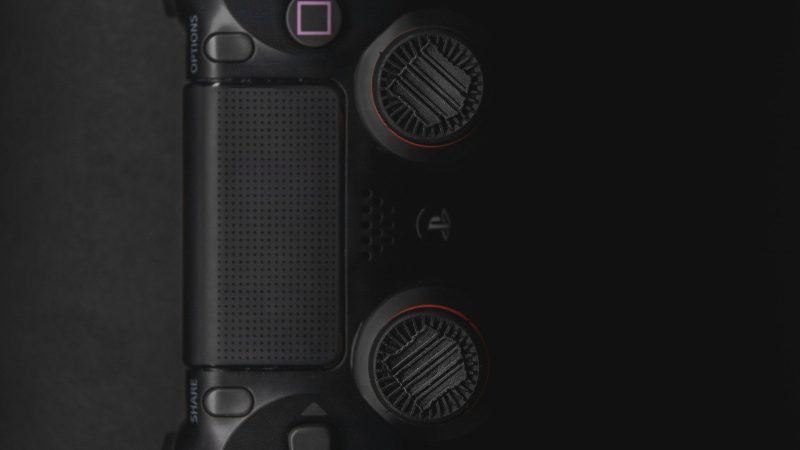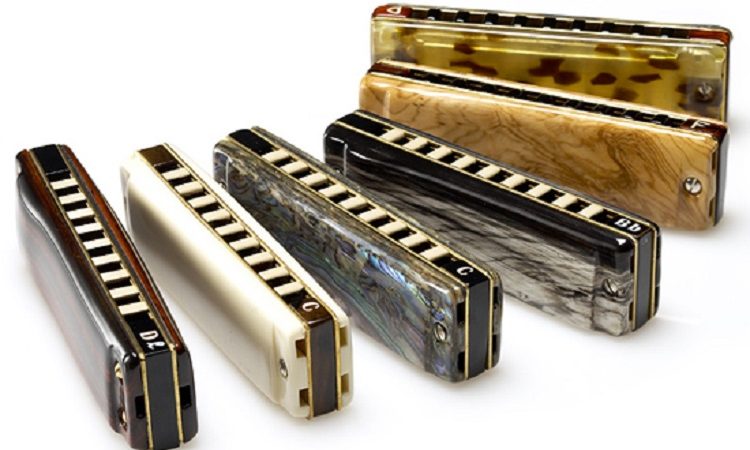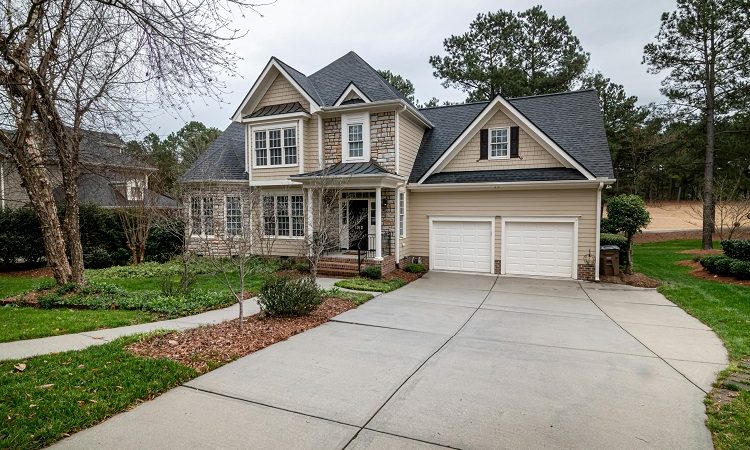Gaming PC Under $500
In the world of gaming, having a powerful gaming rig is often considered a prerequisite for an immersive and satisfying gaming experience. However, the misconception that building a gaming PC requires a hefty budget has been debunked in recent years. In this article, we will explore the exciting realm of gaming PCs under $500, proving that you can still achieve impressive gaming performance without breaking the bank.
Choosing the Right Components:
When you’re working with a tight budget, every dollar counts. Therefore, it’s crucial to make informed decisions when selecting components for your budget gaming PC. Here’s a breakdown of key components and some recommendations that strike a balance between performance and affordability:
- Processor (CPU):
- Opt for an AMD Ryzen processor, such as the Ryzen 3 3200G or Ryzen 5 3400G. These APUs (Accelerated Processing Units) include integrated graphics, helping you save money on a dedicated GPU initially.
- Graphics Card (GPU):
- While a dedicated GPU is preferable for gaming, you can start with the integrated graphics on the Ryzen APUs mentioned earlier. As your budget allows, consider upgrading to a dedicated GPU later, like the NVIDIA GTX 1650 or AMD Radeon RX 5500 XT.
- Memory (RAM):
- Aim for at least 8GB of RAM, preferably DDR4 for better performance. Consider a single stick initially to allow for future upgrades.
- Storage:
- Start with a modest 240GB SSD for the operating system and essential applications. Add a larger HDD for additional storage as games can quickly consume space.
- Motherboard:
- Choose a budget-friendly motherboard that supports your chosen CPU. The B450 chipset is a solid choice, offering good features for the price.
- Power Supply (PSU):
- Opt for a reliable 500W power supply from a reputable brand. Ensure it has the necessary connectors for potential GPU upgrades.
- Case:
- Select a budget-friendly case that provides good airflow and cable management options. Aesthetics may take a back seat on a tight budget, but functionality is key.
- Operating System:
- Consider using a free and open-source operating system like Linux to save on the cost of a Windows license. Alternatively, budget for the OS within your $500 limit.
Building the Budget Beast:
Now that you’ve chosen your components, let’s walk through the process of assembling your budget gaming PC:
- Prepare Your Workspace:
- Find a well-lit, spacious area to assemble your PC. Ensure you have all necessary tools, including screwdrivers, anti-static wrist straps, and cable ties.
- Install the CPU and RAM:
- Carefully install the CPU into the motherboard socket and secure it with the lever. Install your RAM in the designated slots, ensuring it clicks into place.
- Mount the Motherboard:
- Place the motherboard in the case, securing it with screws. Connect the necessary cables, such as the power supply and front panel connectors.
- Install Storage Drives:
- Install your SSD and HDD in their respective slots. Connect the SATA and power cables, ensuring a secure fit.
- Add the GPU (if applicable):
- If you have a dedicated GPU, install it in the PCIe slot on the motherboard. Secure it with the PCIe retention clip and connect the necessary power cables.
- Connect Cables and Power Supply:
- Organize your cables for optimal airflow and aesthetics. Connect the power supply cables to the motherboard, CPU, GPU, and storage drives.
- Check Connections:
- Double-check all connections to ensure everything is secure. This step helps prevent potential issues during the initial boot.
- Power On and Install the Operating System:
- Power on your system and install the operating system. Follow the prompts, and make sure to install essential drivers for optimal performance.
Gaming on a Budget:
With your budget gaming PC assembled and ready to go, it’s time to explore the gaming world without compromising on performance. Here are some tips to make the most of your budget gaming setup:
- Optimize In-Game Settings:
- Adjust in-game settings to find the right balance between visual quality and performance. Lowering graphics settings can significantly improve frame rates.
- Explore Free-to-Play Games:
- Take advantage of the vast array of free-to-play games available. Many popular titles, such as Fortnite, Apex Legends, and Warframe, offer engaging gameplay without a price tag.
- Upgrade Gradually:
- As your budget allows, consider upgrading individual components. Start with a dedicated GPU, followed by additional RAM or storage. This incremental approach allows you to enhance performance over time.
- Community and Online Forums:
- Join online gaming communities and forums to stay informed about budget-friendly gaming tips, optimizations, and potential hardware upgrades.
Conclusion:
Building a gaming PC under $500 is a rewarding venture that showcases the accessibility of the gaming world to a broader audience. By carefully selecting components, following a systematic assembly process, and making informed gaming choices, you can create a budget gaming setup that delivers impressive performance without burning a hole in your pocket. Embrace the world of affordable gaming, and let your budget PC unleash the power of gaming without compromise.





